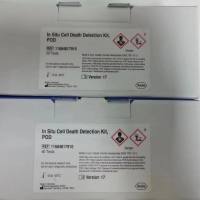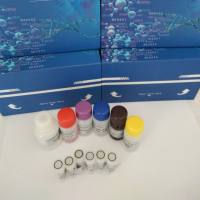Fluorescence In Situ Hybridization in Cardiovascular Disease
互联网
470
Many human diseases are associated with cytogenetic abnormalities or chromosomal disorders including translocations, deletions, duplications, inversions, and other complicated chromosomal changes. Fluorescence in situ hybridization (FISH), a technique involving hybridization of labeled probes to chromosomes and detection of hybridization via fluorochromes, has become a popular method for identification and characterization of cytogenetic abnormalities. For FISH analysis, metaphase chromosomes are prepared by mitotic arrest and hypotonic shock, and denatured. Hybridization of digoxigenin- or biotin-labeled probes to these chromosomes is visualized using fluorochromes like fluorescein isothiocyanate and Texas Red. We have successfully applied FISH technology to the characterization of chromosome breakpoints involved in disease-associated cytogenetic abnormalities to identify candidate gene(s) for the disease. FISH is also widely used in clinical diagnosis of chromosomal disorders.









